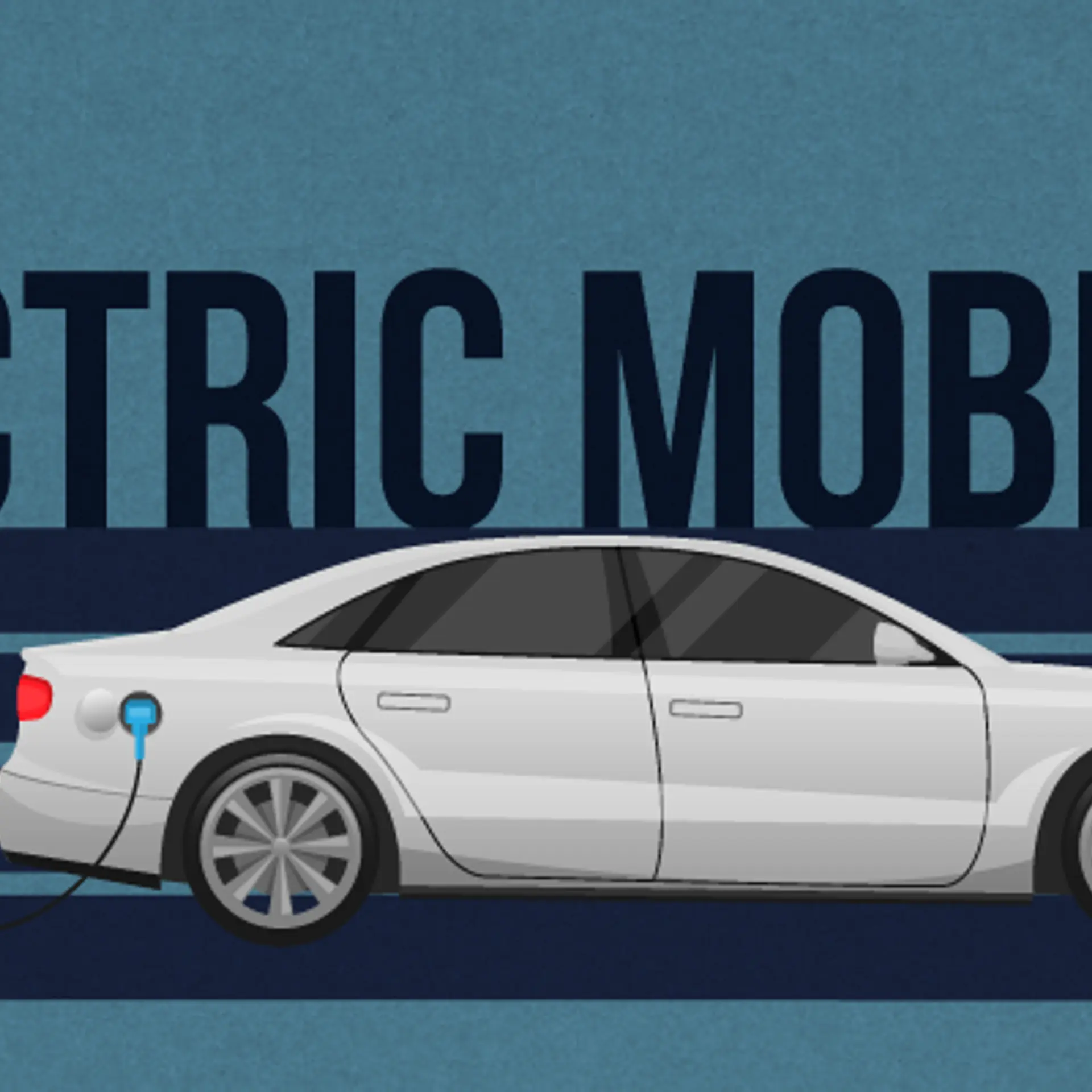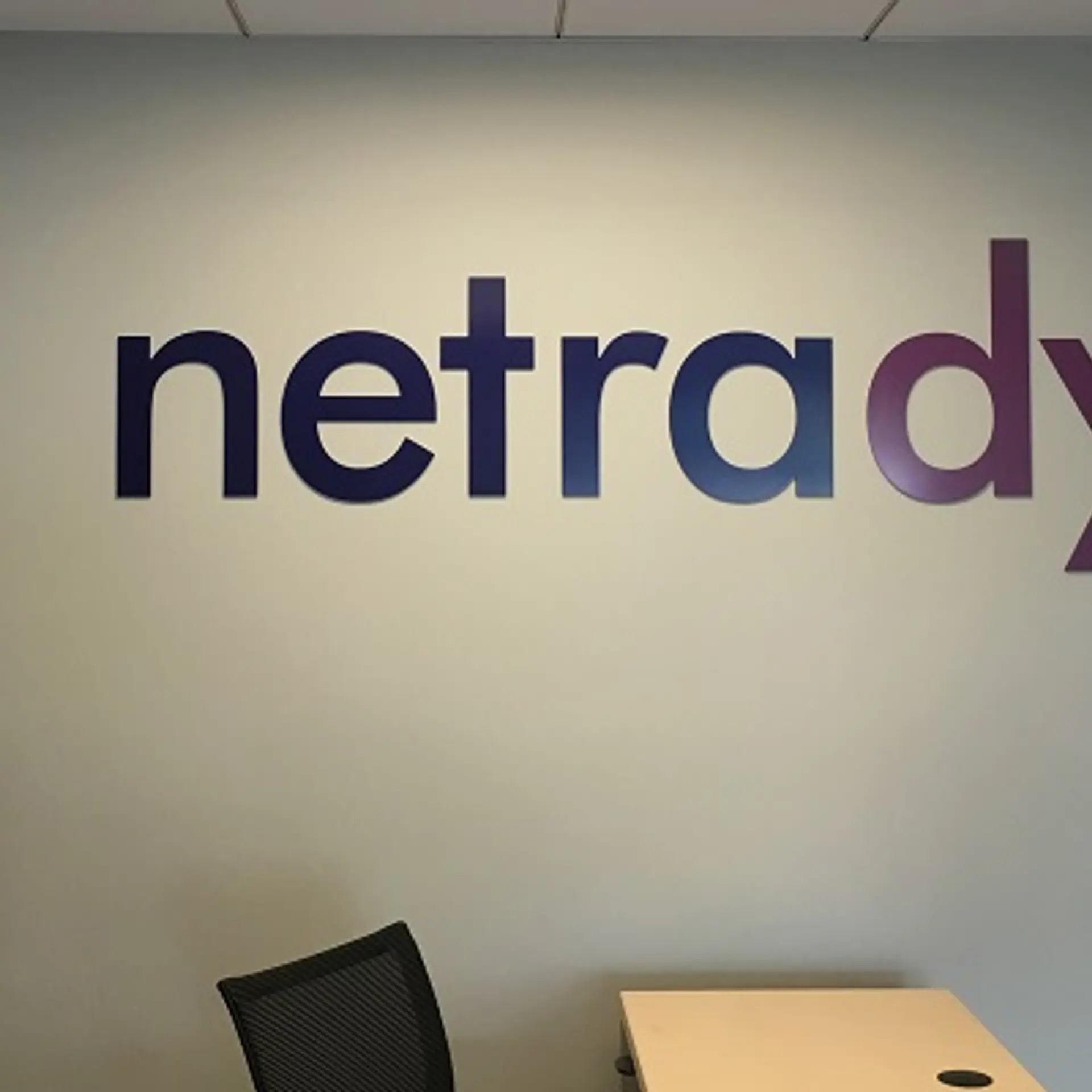Buddha in Business - How can you enrich your customers’ lives?
Janaki Rajagopalan

Friday October 12, 2018 , 7 min Read
In the fourth part of the series on Buddha in Business we will discover how to make your customers’ lives better by focusing on value creation
Last week, with Fortnite’s use-case, we figured how to make your customers central to your product. This week let us look at the third building block of the business model - value creation.

Entrepreneurs need to focus on creating and delivering value to their customers
Once you design a product that will make your customers’ lives better, how can you fulfill that promise? How will you continue to enrich their lives? How will you ensure you don’t erode that value?
Today, let’s look at an interesting use case of MoviePass. They are unique in the value that they created for their customers. They are equally unique in the way they went about destroying it. Let’s see how they did it within the framework of the Buddhist doctrine.
Based at New York, MoviePass partnered with cinema houses to offer a subscription model to their customers. For $50 a month, subscribers could watch one movie a day in their partner cinema halls.
AMC theatres were their key partners. According to Wiki, after acquiring Odeon Cinemas, UCI Cinemas, and Carmike Cinemas in 2016, AMC became the largest movie theatre chain in the world - with 2,200 screens in 244 theatres in Europe, and more than 8,200 screens in 661 theatres in the United States. With AMC as their key partner, MoviePass offered untold and unimagined value to their customers.
What is the pain point MoviePass tried to address?
By partnering with AMC, MoviePass addressed the pain point of both the movie-watchers and their partner, AMC. Movie tickets are expensive and depending on the location and category of the cinema hall, prices ranged from $10-20 per ticket. Sometimes they even went as high as $35-50. Add to it the cost of commute, snacks at the theatre etc., even the most avid movie watcher could, at best, be able to afford two movies a month.

MoviePass encouraged their customers to relive the experience of watching movies in cinema halls
MoviePass stepped in to address this pain. With a $50 monthly subscription, the movie watcher had the luxury of watching 30 movies a month in a partner theatre of choice!
For AMC, this was a win-win as it encouraged movie-watchers to return to cinema halls without paying an arm and a leg. The footfalls had also taken a beating thanks to OTT streaming sites such as Netflix and Prime. At these prices, the movie watcher rediscovered the whole experience of watching a movie in a cinema hall on a large screen with other movie fans!
What was the origin or source of pain?
Inflation. Real estate was growing increasingly expensive. Theatre owners had no option but to pass on the costs to their customers by increasing the ticket price. To keep the customer hooked they also had to package the whole cinema-going experience with better viewing facilities, discounted refreshments, parking and the like. As far as the movie watcher was concerned, the more the cinema halls offered, the more he wanted and the less he was satisfied!
How did MoviePass put an end to this pain?
Their winning-priced subscription model encouraged their customers to relive the old movie experience of watching it in cinema halls. They offered a surge in footfalls to the owners of cinema halls, their key partners. MoviePass could bring down its cost of subscription because they did not own any cinema halls; they aggregated the cinema hall owners on their platform and offered increased seat occupancy to them.
What did MoviePass do to make its customers avoid the path of pain?
In August 2017, it dropped subscription prices from $50 to $9.95 per month. The customers were ecstatic. In 2 hours, 150,000 new subscribers had signed up. Their server crashed.
It should have been a happy story, you’d think. Especially after it experienced a surge in subscription base of 2300 per cent. Now let’s understand how MoviePass screwed up its value proposition, and from being termed a hot start-up, it came to be known as the hottest scam in less than a year – of course within the eight guideposts of the Buddhist doctrine.
In a move to leverage their bargaining power with AMC, MoviePass removed major AMC locations from their service. Both subscribers and AMC felt cheated by this move.
“I’ve felt personally scorned by the start-up’s adjustments to its initial deal of unlimited access…” lamented a subscriber.
“We are, however, disappointed that MoviePass continues to make false statements about AMC…,” says AMC. Certainly not the right view to customers and partners.
MoviePass’ CEO admitted to having underestimated the response factor in their ‘grand subscription slash’ from $50 to $9.95. Aiming at scale but without adequate homework is not just ‘not right thinking’ – it is suicidal thinking. Whatever happened to the good old common sense of piloting the price drop in one city? And based on customer response, scaling it up to other cities with adequate preparation?
A subscriber bemoans the fact that MoviePass’ CEO bragged about their app as one that could track “how you drive from home to the movies”, and “where you go afterwards”. He claimed later that it was a joke. Was he also joking when he publicly disparaged AMC, their key partner? “We have to say to AMC, look you don't want to deal with us, fine, but we’re not going to keep giving you free money”. Right speech means not having to say sorry afterwards! MoviePass cut a very sorry figure indeed when AMC launched its very own competing service called Stubs-A-List and customers of MoviePass migrated to it!
If removing major AMC locations from their service was bad enough, taking away a movie-goer’s choice to see the same movie twice was a double whammy. And that was not all. MoviePass further applied ‘surge pricing’ at their discretion for new movies, premier locations. No one in their right mind would call this right action, right?
Contrast this with Netflix and Amazon that came out looking credible as creators of value even after they hiked their subscription rates.
MoviePass’ actions ignored the golden rule in customer engagement. Customers should be made to feel that they opened their wallets from choice, that it was an act of volition; not that they were cornered or manipulated into doing so.
That MoviePass failed the test of right livelihood sits at the centre of its dodgy business model. No business can lose significant money on individual transactions and hope to make it up in huge volumes. Charging $9.95 per month for an unlimited number of movies at one movie per day and paying out $11.88 for each ticket to AMC – it was the road to hell paved with poor decisions.
MoviePass hoped to hit the jackpot in the future with insights gathered about their customer behaviour. The technology that fuels their subscription business model could make this possible. MoviePass is yet to demonstrate the right diligence to build a credible and sustainable plan around this source of monetization. In the meantime, the investors continue their disappointing ride with the organization.
MoviePass should have been aware that relationship with customers and key partners are vital to its success. So what exactly was their CEO thinking in calling AMC “the big guy afraid of the little guy offering better value to consumers”? Or when they short-sold their customers by withdrawing promised services? Right mindfulness involves keeping all their stakeholders happy, not once or twice but over and over again.
So what should the right concentration for MoviePass be if they have to revisit their business model and focus on creating and delivering value to their customers? Will they pivot from a broken revenue model to halt their downward spiral? Will they find the fine balance of sustainable subscription price, customer experience and collaborative partnerships?
Remember why you became an entrepreneur in the first place. It was to make the world a better place, right? Use the Buddhist framework for building a better world and be remembered!






